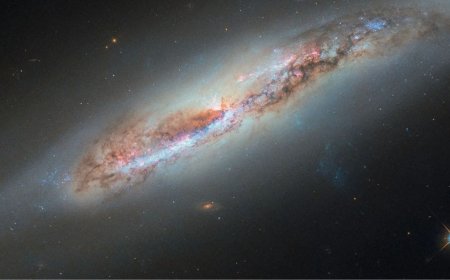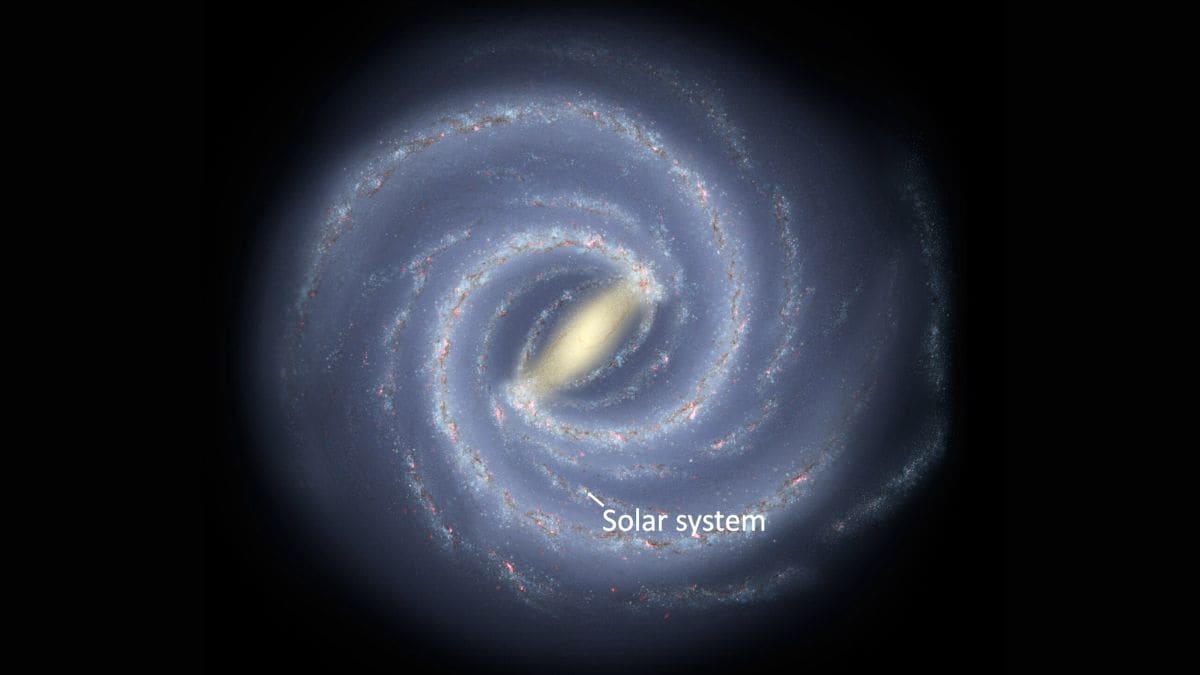Fears Of An Oil Price Crash On A Russia-Ukraine Ceasefire Overdone

U.S. President Donald Trump has, over the past couple of weeks, renewed efforts to broker a peace deal between Russia and Ukraine, going as far as proposing the swapping of territories between the two countries. Unlike the situation during the first meeting between Trump and Russia’s President Vladimir Putin earlier in the year, Trump has adopted a far less conciliatory tone ahead of their second meeting in Alaska on August 15th, warning that Russia will face “very severe consequences” unless Putin agrees to end the war in Ukraine. However, the White House says it expects the Anchorage summit to be a “listening exercise,” downplaying the odds of a peace deal being reached.
Still, the potential of a return of more Russian energy commodities to the markets has depressed oil and gas prices amid expectations that a breakthrough in the negotiations could see sanctions on Russian exports lifted. Brent crude has pulled back from a 2-month high of $72.47 per barrel recorded two weeks ago to $66.72 per barrel in Thursday’s intraday session, while WTI crude has declined from $70.00 per barrel to $63.81. However, commodity analysts at Standard Chartered have pointed out that fears that oil prices will crash if Trump manages to negotiate a truce with Putin are overdone. First off, StanChart says that Russia has been producing unsustainably at its maximum capacity with long-term consequences for its reservoirs. The country’s oil production averaged 9.01 million barrels per day (mb/d) in H1-2025, about 610,000 b/d lower than the 2021 annual average before the invasion of Ukraine. A lifting of export sanctions will mean a return of Western service companies and Russia being able to access quality replacement parts; however, Russia just doesn’t have a lot of spare production capacity to flood the oil markets.
Second, Russia might demand the removal of the oil price cap by Western nations as part of the peace deal. However, the analysts have pointed out that the removal of the price cap would eliminate the price advantage for India and China to take Russian crude, currently the biggest buyers of discounted Russian oil. StanChart points out that India has been an opportunistic purchaser of cheaper Russian crude, and could revert to its previous import volumes with dire consequences for Russia. Previously, we reported that India imported goods worth $65.7 billion from Russia in 2024, a sharp rise from $8.25 billion in 2021. India’s imports of Russian crude have increased more than 20-fold since the war began, jumping to $52.2 billion in 2024 from just $2.31 billion four years ago. Given the additional efforts Russia has undertaken to evade export sanctions, StanChart has predicted that we are unlikely to see a large increase in Russian supply to the global markets in the near term. JP Morgan echoes StanChart’s view, saying that Russia has limited scope to expand its shadow fleet of tankers used to transport its crude.
Finally, Russia might not dramatically increase its crude exports for the simple reason that there might not be a ready market for the commodity. After all, Europe has successfully cut its dependency on Russian oil and gas over the past three years, and the continent is highly unlikely to put itself in such a vulnerable position again, especially after Moscow revealed its willingness to weaponize its energy commodities. In the final analysis, StanChart says that although the market might react to positive ceasefire news by selling off in the near term, this would be sentiment- rather than fundamentally-driven, and any price-dip on headlines would likely be short-lived.
When it comes to natural gas, StanChart notes that market expectations of higher Russian flows have been a key factor capping European gas prices in recent times. European natural gas futures have declined to a 2-week low of €32.5/MWh amid robust supply and easing geopolitical risk. While a ceasefire agreement and the associated removal of sanctions by the U..S and EU could potentially allow more Russian gas into Europe, StanChart expects appetite for Russian gas to be limited given the past weaponization of flows. The commodity experts say that a more likely development would be the return of small flows via Ukraine into Hungary and Slovakia. Finally, StanChart says that it’s highly unlikely that the Trump administration would agree to a deal that would disrupt its own LNG sector, with U.S. LNG having largely replaced Russian pipeline gas to Europe.
By Alex Kimani for Oilprice.com










































